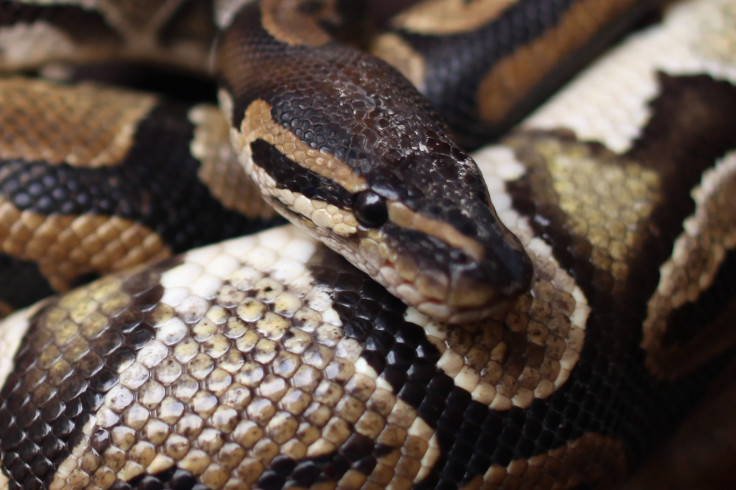How do snakes eat super-sized prey – like antelopes, hyenas or humans?
The body of an Indonesian man was discovered inside a reticulated python.

The body of a 25-year-old Indonesian man was discovered inside a 23ft reticulated python on the island of Sulawesi this week, in a rare incidence of a snake attacking humans.
Reticulated pythons are the world's longest snakes, but normally eat small to medium-sized mammals by constricting their prey before swallowing it whole. Pythons are nonvenomous and aren't usually considered dangerous to humans, making this recent case extremely unusual.
Larger pythons have been known to occasionally eat large prey when it becomes available, as seen when a Dutch tourist stumbled across an enormous African rock python consuming a hyena in the Masai Mara National Park in Kenya.
In 2014, a passerby witnessed a 10ft olive python consuming a Johnson's crocodile in northern Queensland, Australia.
Although this kind of behaviour is rarely seen, super-sized meals don't appear to intimidate snakes – and they've been known to take on antelope and even alligators. But how do they eat such huge meals?
It is a common misconception that a python's jaw can dislocate to allow them to swallow big prey. Unlike jaws belonging to mammals, which are forceful enough to bite, kill and chew, a snake's jaw is made up of tendons, muscles and ligaments which allow it to be extremely flexible. The jaw does not separate, it simply stretches.
First, a python will wrap itself around its next meal and wait for the unfortunate creature to exhale, before tightening its body around the prey to restrict its breath and kill it. The snake is able to sense the pulse of its prey slowing, so it knows when it is time for the next stage.
Then, the snake will begin the lengthy process of getting its jaws around the food and using its throat muscles to gradually consume the prey.
Once the prey is inside the python's stomach, the snake's digestive system comes to life, as it slows right down between meals. Enzymes are released to break down the food.
Depending on how big the prey is, the process of digestion can take a long time. And rather like when we overeat, a snake can be bloated for a period of several days while the digestion process takes place.
The largest constrictors only eat a few times a year, but will take down huge prey to keep them going between meals.
© Copyright IBTimes 2025. All rights reserved.





















